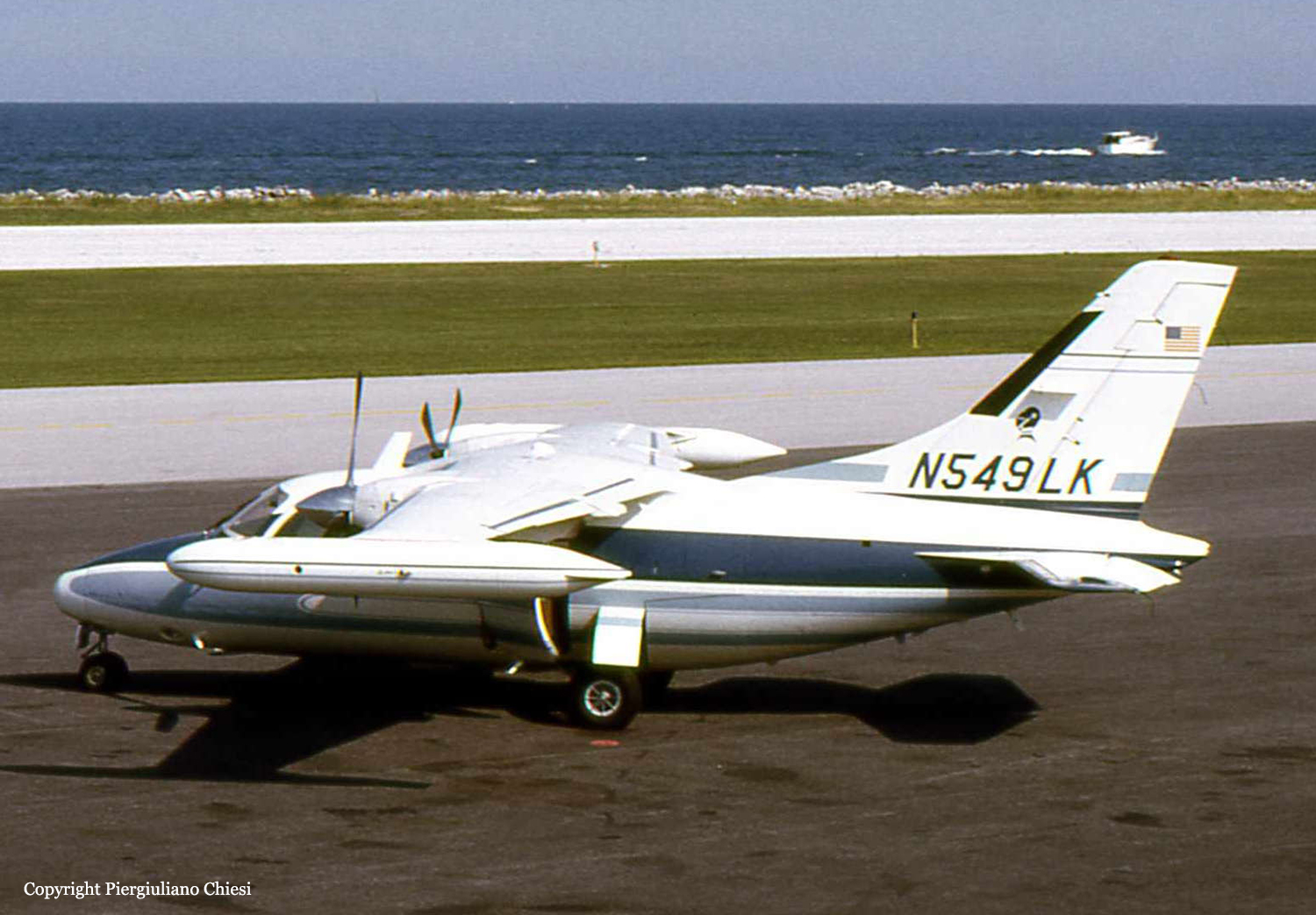Crash of a Hawker-Siddeley HS.125-3A in Findlay
Date & Time:
Dec 12, 1972 at 1938 LT
Registration:
N521M
Survivors:
Yes
Schedule:
Flushing - Findlay
MSN:
25129
YOM:
1967
Crew on board:
2
Crew fatalities:
Pax on board:
5
Pax fatalities:
Other fatalities:
Total fatalities:
0
Captain / Total hours on type:
2117.00
Circumstances:
On approach to Findlay Airport by night, the crew encountered below minima weather conditions with fog and low ceiling. Unable to locate the runway, the captain decided to abandon the approach and initiated a go-around. Few minutes later, a second attempt to land was also abandoned. During a third attempt, the pilot-in-command descended below the minimum descent altitude when the aircraft struck tree tops, stalled and crashed in a wooded area located few dozen yards short of runway threshold. The aircraft was destroyed by a post crash fire and all seven occupants were injured.
Probable cause:
Improper in-flight decisions and improper IFR operation on part of the crew. The following factors were reported:
- Poor crew coordination,
- Low ceiling and fog,
- Weather conditions below minimums,
- Missed two straight-in VOR approaches,
- Attempted VOR circling approach in below minimum conditions,
- Descended below MDA.
- Poor crew coordination,
- Low ceiling and fog,
- Weather conditions below minimums,
- Missed two straight-in VOR approaches,
- Attempted VOR circling approach in below minimum conditions,
- Descended below MDA.
Final Report:







